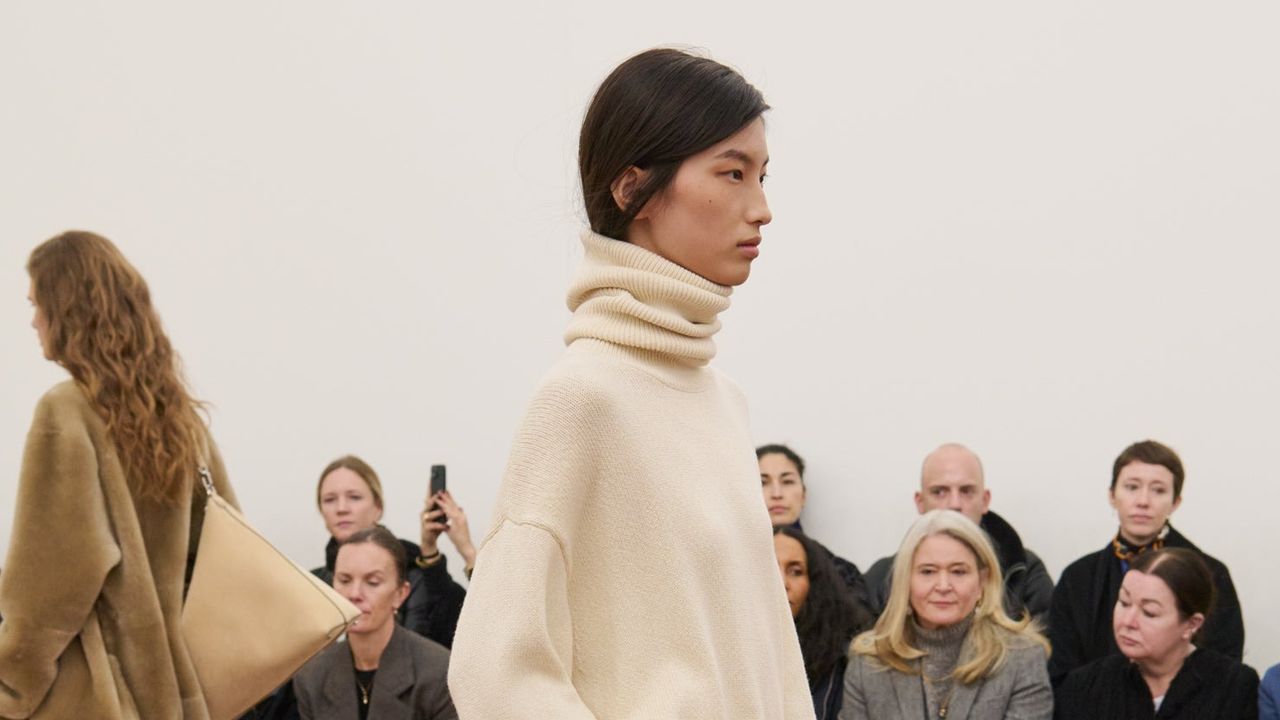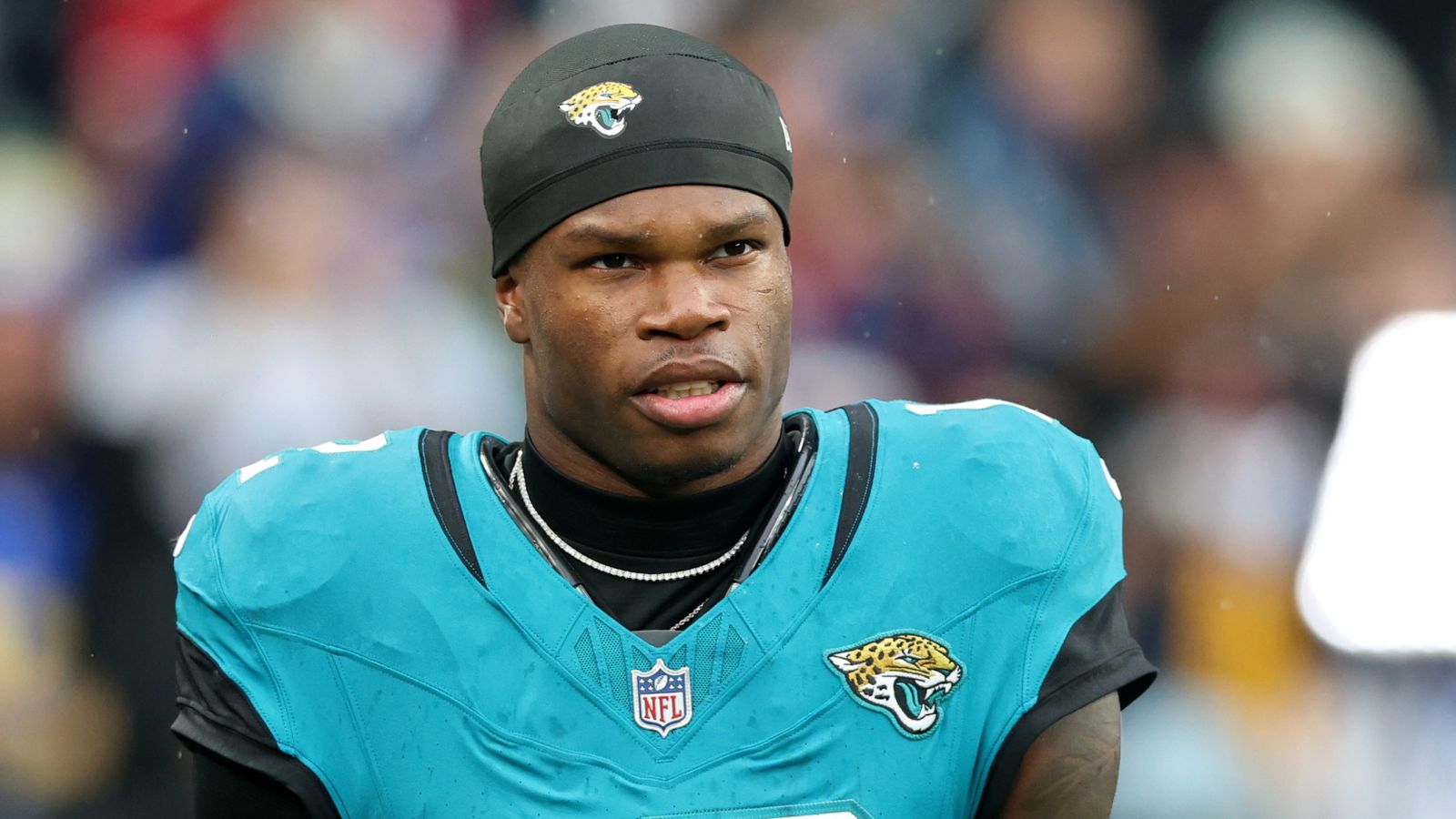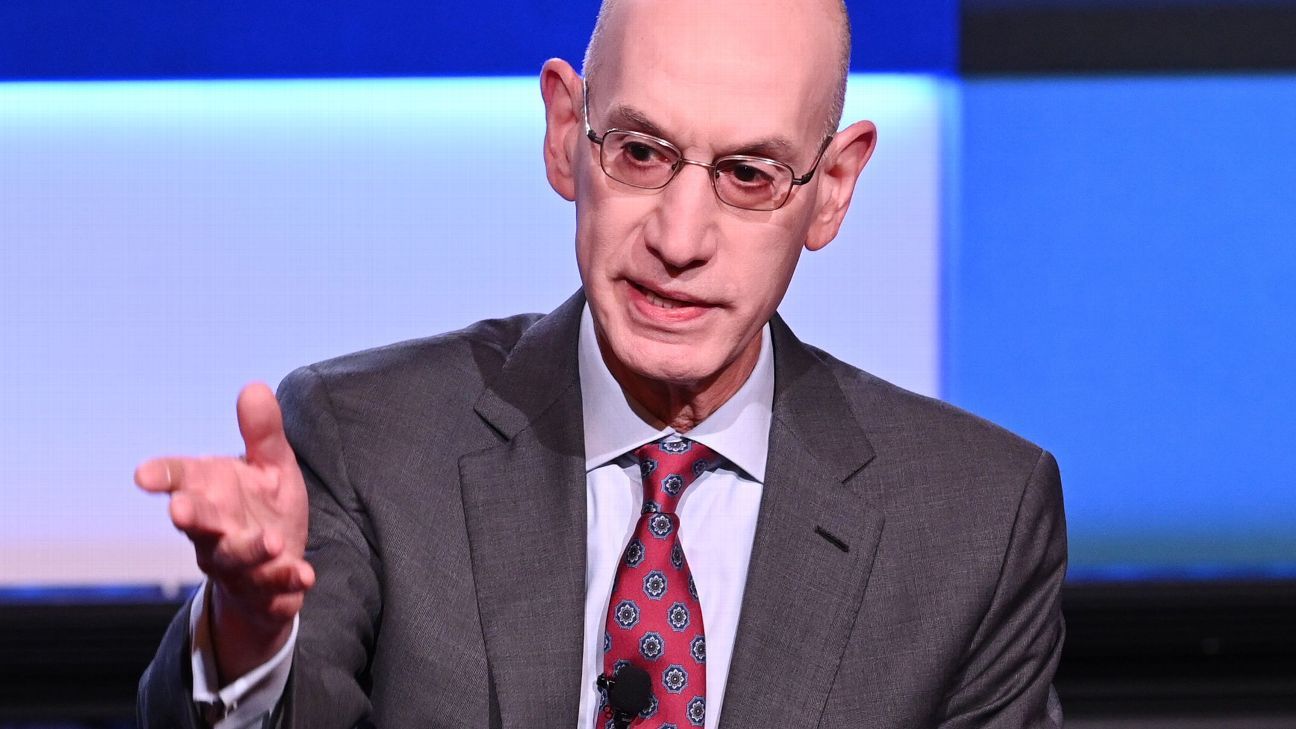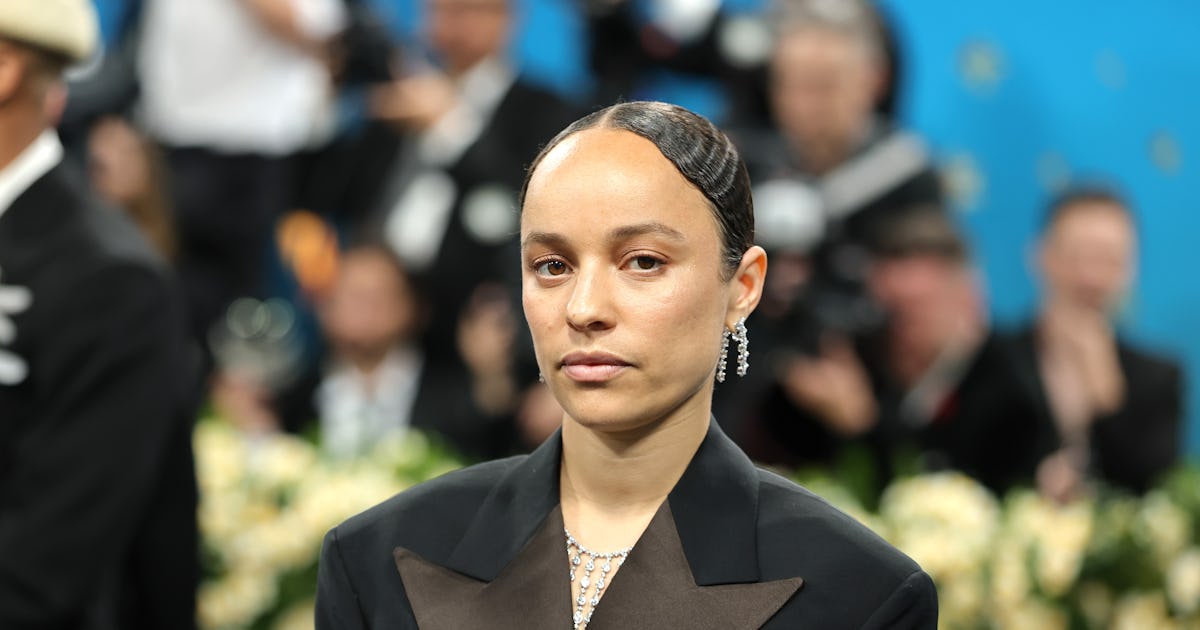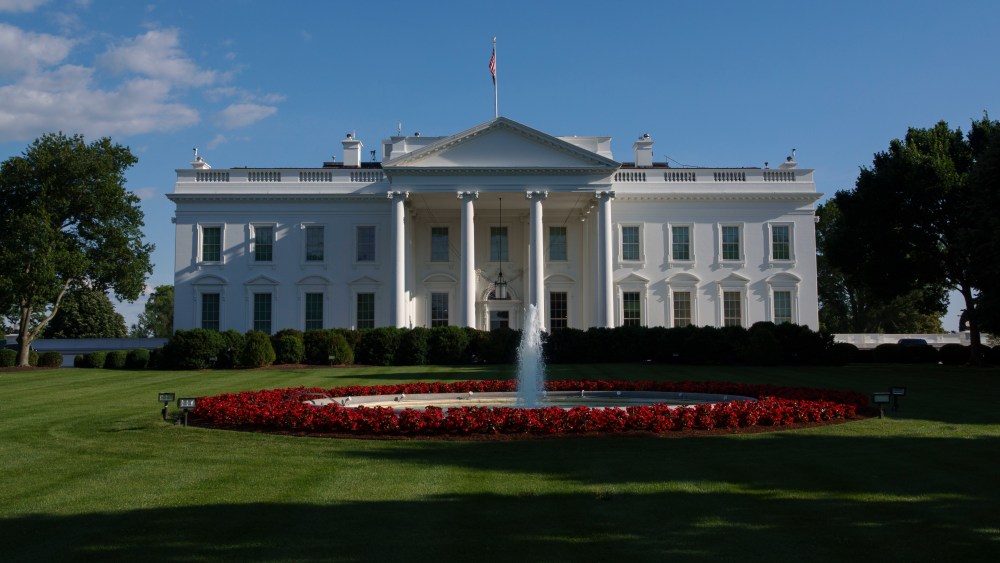
The American Apparel and Footwear Association’s president and chief executive officer Stephen Lamar offered some insight Friday into the White House meeting that he, Condé Nast’s chief content officer Anna Wintour, and the Council of Fashion Designers of America’s CEO Steven Kolb had with Chief of Staff Susie Wiles.
The trio met with Wiles on Thursday to not just make a case for the impact that President Donald Trump’s tariffs are having on the fashion industry. Lamar said Friday that they met on behalf of the American fashion industry, which supports 10 million American jobs, and has for many years paid high tariffs compared to the rest of the economy. Their goal was to talk about “balanced trade and how best to maintain those jobs in the U.S., and preserve American prosperity,” according to Lamar.
A media request to Wiles was not immediately acknowledged Friday.
A few fashion designers who are members of the CFDA, and other fashion insiders, said they learned of Thursday’s meeting after the fact.
The AAFA spokesperson declined to say how long the parties met at the White House and whether another meeting has been scheduled.
Visitors to the AAFA’s site are offered “a little context” about the trade war via “Fashion Tariffs 101,” including that the U.S. apparel, footwear and accessories industry directly employs 3.5 million. The average effective tariff rate on both footwear and apparel is more than five times higher than on all other U.S. imports. In addition, fashion’s share of total U.S. imports is about 5 percent while fashion’s share of total duties is more than 25 percent. The AAFA site also notes the “burden borne” by women due to a “pink tariff,” due to the U.S. tariff rates on women’s clothes and shoes being about 3 percent higher on average than tariffs on men’s clothes and shoes.
“Trump’s tariffs” were a hot-button topic among executives at the AAFA Executive Summit in Washington, D.C., in March. Lamar told attendees at that time that there is a need to “harness the tariff conversation so it becomes more about creating negotiating outcomes around which smart sourcing and responsible manufacturing can occur.”
Although Kolb, Lamar and Wintour appear to be the first U.S. fashion industry representatives to make a collective appeal to one of Trump’s Cabinet members in person, other fashion executives and designers made a joint effort to try to reach the administration about tariff relief in April. More than 2,300 representatives from the bridal industry had signed a petition seeking exemption from the reciprocal tariffs as of April 7. And three bridal manufacturers, who requested anonymity, put forward an appeal that was hand-delivered to Trump’s daughter-in-law Lara at that time. Approximately 90 percent of formalwear garments are produced in Asia, including China.
The visit by Kolb, Lamar and Wintour comes in the wake of other appeals directly to Trump by even more senior industry executives. Bernard Arnault and his son Alexandre met with Trump in the Oval Office a few weeks ago, while Johann Rupert, head of Compagnie Financiere Richemont, was among the South African delegation that had a tempestuous meeting with the president last week.
#Fashion #Insiders #Meet #Susie #Wiles #White #House


